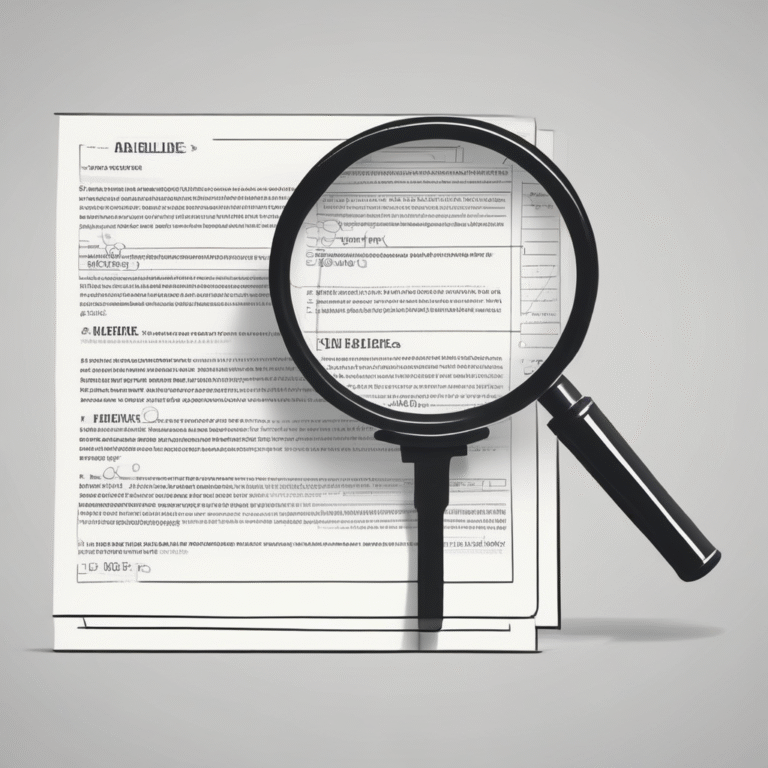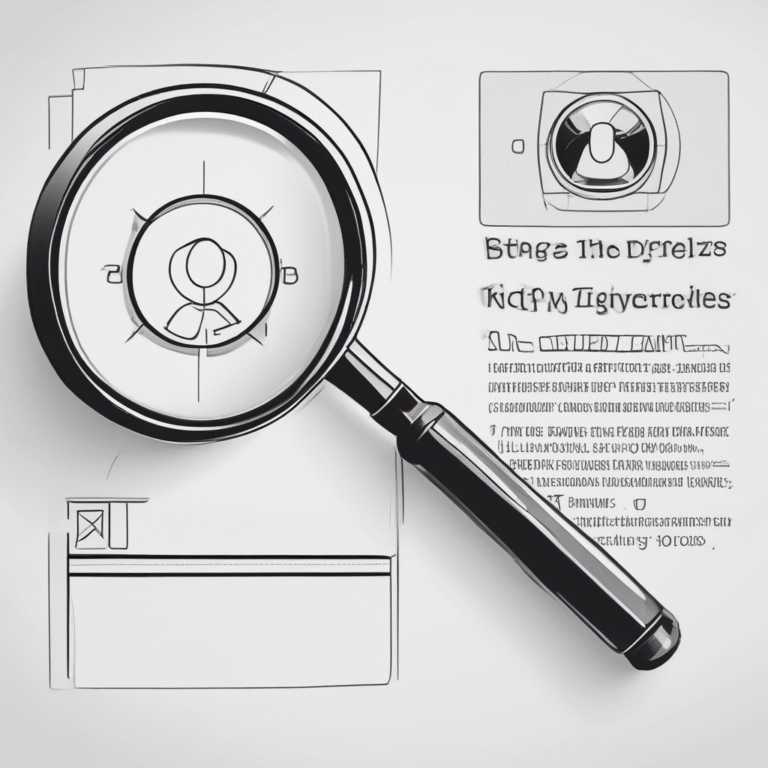Operationalizing Responsible AI: From Principles to Practice
As artificial intelligence (AI) transforms every sector—from healthcare to finance to retail—another force is rising in parallel: the need for Responsible AI (RAL). It’s not just a matter of compliance or ethics; it’s fast becoming a strategic imperative.
Historically, the focus was on AI performance—accuracy, speed, and scale. Today, the lens is broader. Trust, fairness, explainability, and accountability are emerging as defining factors for AI’s success. Whether it’s a model determining creditworthiness or aiding clinical diagnoses, the question remains: Can we trust how the AI is making decisions?
The Urgency of Responsible AI
Incidents of algorithmic bias, lack of transparency, and opaque decision-making are no longer rare. Regulators, customers, employees, and investors are all paying attention. From the EU’s AI Act to India’s upcoming Digital India Act, AI governance is shifting from optional to expected.
In this evolving landscape, publishing an AI ethics statement is no longer enough. Organizations must embed RAI not just in technology, but in governance, culture, and daily workflows.
A Practical Blueprint: From Vision to Execution
Based on experience with enterprise AI deployments, four stages provide a practical framework to embed RAI across the AI lifecycle: Rally, Reveal, Reinforce, and Respond.
1. Rally: Governance, Assessment, and Cultural Activation
Responsible AI begins with leadership alignment. Organizations must define guiding principles, establish cross-functional oversight, and set up governance structures involving legal, data science, HR, and risk teams.
A critical first step is conducting an RAI capability assessment across people, processes, and tools. This helps identify readiness gaps and build tailored frameworks aligned to the organization’s AI ambition and risk profile.
Key actions include:
- RAI baseline and maturity assessments
- Define RAI principles and charters
- Set up oversight roles or boards
- Align org-wide incentives and KPIs
This phase is vital for creating alignment across leadership, policy, and stakeholders. By conducting assessments, organizations ensure they have a baseline understanding of their RAI maturity and are ready for the next steps.
2. Reveal: Risk Discovery and Contextual Awareness
Not all AI risks are created equal. The second phase involves mapping AI use cases and identifying context-specific risks. Beyond technical audits, this includes:
- Use case classification and inventory
- Stakeholder and impact analysis
- Risk profiling (e.g., bias, explainability, autonomy)
This phase ensures AI development begins with a clear understanding of who is impacted, what’s at stake, and how risk varies by context—laying the foundation for meaningful guardrails.
3. Reinforce: Building Trust into Systems
Once risks are uncovered, organizations must mitigate them through technical and procedural controls:
- Bias detection and fairness tuning
- Explainability techniques (e.g., SHAP, LIME)
- Audit trails and model documentation
- Privacy and access safeguards
This isn’t just compliance—it’s proactive trust engineering. It ensures AI systems are robust, explainable, and resilient by design.
4. Respond: Lifecycle Risk Management
RAI is a continuous commitment. Organizations need structures for monitoring, retraining, and adapting to changes in regulation, feedback, or model performance.
Key elements include:
- Model drift detection
- Incident response protocols
- Continuous retraining and governance
- Feedback mechanisms
Treat Responsible AI like cyber risk—ongoing, evolving, and essential for resilience.
Why This Matters Now
We are at a critical inflection point. As AI becomes embedded in decisions that affect lives, trust in AI systems is now a differentiator. The question is no longer “Can AI do this?” but “Should it—and how responsibly?”
Responsible AI is no longer optional. It is the foundation for long-term resilience, trust, and growth. Customers want transparency. Regulators demand accountability. Employees seek ethical alignment.
Organizations that embed RAI will not just innovate faster—they’ll do so with integrity, earning lasting trust in an AI-powered world.










